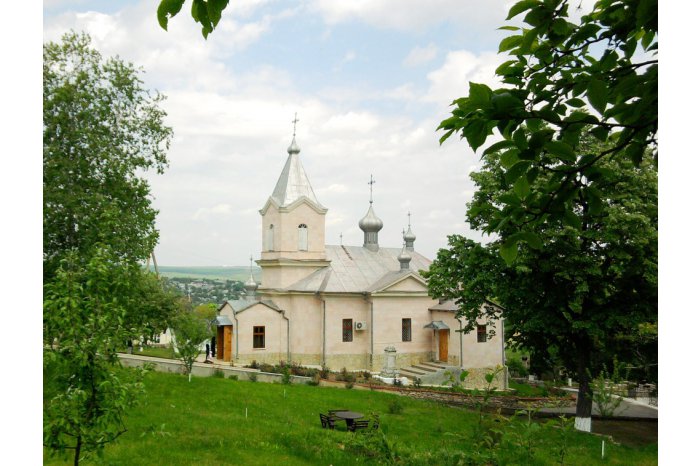Ion Suruceanu, archaeologist, curator of European stature
16:42 | 28.04.2021 Category:
Ion Suruceanu was born in Chisinau on 13 December 1851. The family of noblemen Suruceanu had its aristocratic roots back in the times of the medieval Moldova and recorded golden pages in the history of Bessarabia. In the middle of the 18th century, Casian Suruceanu, called the baker, i.e. the one who supplied the ruler’s army withy bread in the region, managed to collect a rich wealth in the Suruceni -a village with a history which has not been evaluated correctly till present. Formerly, most residents of the Suruceni village represented deposed dignitaries; yet, by the middle of the 18th century, the family of the Suruceanu boyars started being distinguished as big-landowners.
Casian the baker entered into possession of not only a part of the estate of the Suruceni village, but also on more lands and households placed in the neighbourhood or even far from his land. A monument for the eternity of the Suruceanu family was the Saint George Monastery from Suruceni, built around the church with the same name in 1785.
The Suruceanu family gave famous names to Moldova’s history in the political, administrative, scientific and cultural sectors. Among them, there were Dumitru Suruceanu, lawmakers in the State Duma of the Russian Empire, as well as cousins Nicolae and Teodor Suruceanu who, along with resident of their native village, Vasile Ciorescu, were MPs in the Staful Tarii (Country Council – parliament) and voted for the union with Romania on 27 March 1918.
Among those famous names, a special place is occupied by Ion Suruceanu – the first archaeologist and curator of Bessarabia, a reference specialist of numerous scientific associations and academies.
His father, Casian Suruceanu (born in 1826) - a grandson of the famous dynasty, started a promising military career. His mother, Maria Constantin Limotescu (1830-1919) - was daughter of a general from Walachia. Given the too early death of his father, Ion was educated by his stepfather, Captain P. Shumski, who had encyclopedic knowledge in the history and archaeology sectors. Shumski was also owner of rich collections of archaeological remains and young Ion Suruceanu got to like the archaeology for the entire life in his early childhood.
In 1861-1868, Ion Suruceanu studied at the Chisinau-based regional gymnasium and then - in private gymnasiums Starodubtev and Stăvilă from Odessa. He also learned at the history and philology institute from Nezhin. Thus, young Ion Suruceanu travelled to Crimea, Caucasus, on the Black Sea coast. There, he made diggings of knolls, was buying archaeological objects from private persons.
In late 1870s, early 1880s, Ion Suruceanu was carrying out diggings on the area of ancient Tyria, from which most discoveries of Tyrian coins come.
During these uninterrupted archaeological investigations, Ion Suruceanu collected 12,000 ancient coins, ancient Greek and Roman vessels, terra-cotta figurines, glass vessels, amphora handles and other objects. All these rarities served as basis for the foundation of the Museum of Antiquity of the Scythian Pontus, in his own home on the small street Varfolomeu. The museum was visited y Mihail Kogalniceanu, a corresponding member of the Academy of Sciences from Petersburg, V.V. Latyshev (1855-921), who published more of Ion Suruceanu’s discoveries.
On 18 January 1882, Ion Suruceanu was elected titular member of the archaeological and church society from Kiev, where he unveiled a report on the findings of his researches. On 19 November 1885, he was elected plenipotentiary member of the society of history and antiquity from Odessa; on 26 March 1886 – titular member of the archaeology society from Russia. On 11 April 1888 – Ion Suruceanu was elected honorary member of the Romanian Academy.
Ion Suruceanu was married to Olga Sicard, the granddaughter of the French consul from Odessa, Charles Sicard. Having passion for ancient objects, the wife’s mother, Natalia Sicard, also founded a museum of antiquities, which Ion Suruceanu described in 1880.
Ion Suruceanu died of an incurable disease on 18 November 1897. Fragments from his collection are presently preserved in museums from Moscow, London, St. Petersburg, Berlin and other culture centres.
In photo: Saint George Monastery from Suruceni


